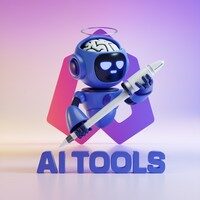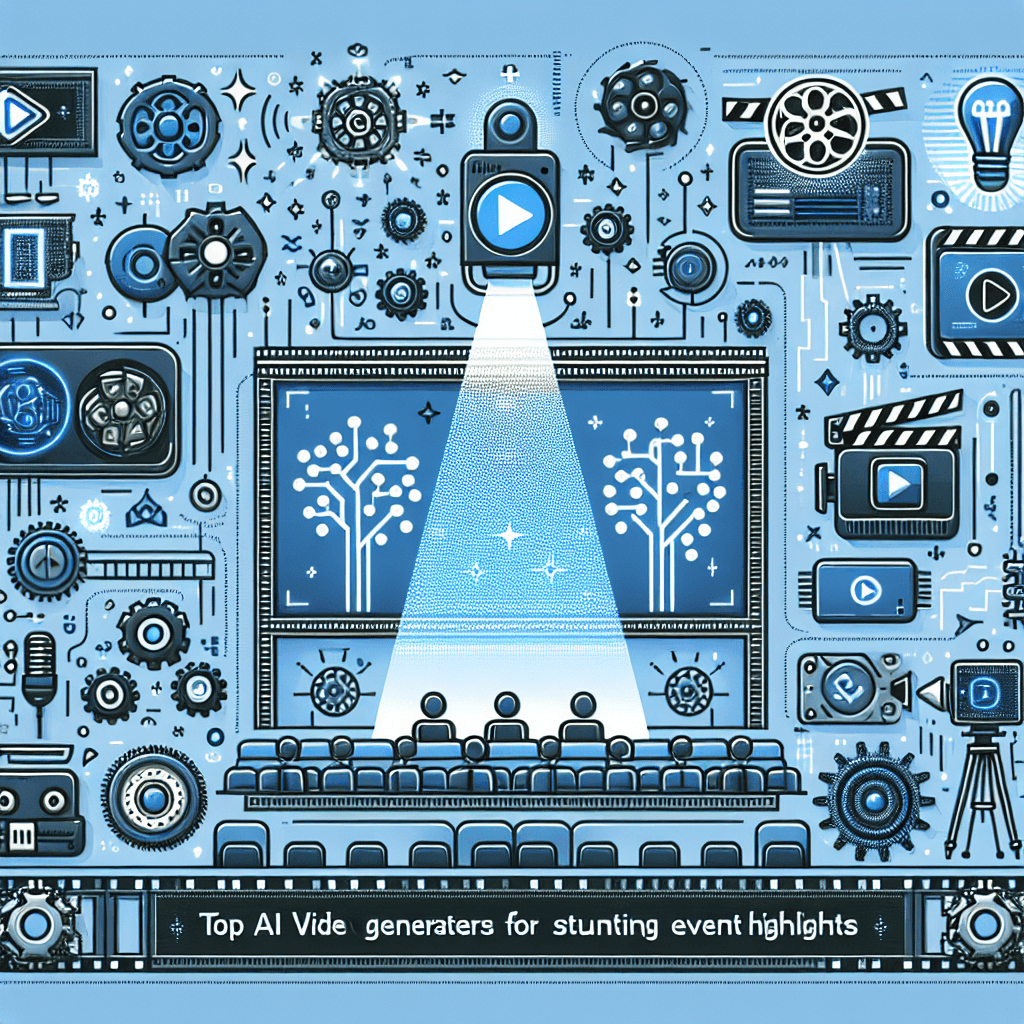In today’s fast-paced digital world, virtual team collaboration has emerged as a crucial element for organizations aiming for success. With teams spread across various locations, effective communication and streamlined workflows are paramount. Artificial Intelligence (AI) tools are stepping up to the plate, revolutionizing how teams interact, manage projects, and achieve their goals together. In this article, we will explore the top AI tools that facilitate seamless virtual collaboration among teams.
Understanding the Need for AI in Team Collaboration
As companies increasingly embrace remote work models, the traditional ways of team collaboration have been put to the test. This has highlighted the need for innovative solutions that enable teams to stay connected and productive. By leveraging AI technologies, organizations can not only simplify communication but also enhance creativity and efficiency in their workflow.
Transforming Communication with AI Tools
Communication is the bedrock of any successful team. AI-powered tools have emerged that help bridge communication gaps and foster better understanding among team members. Tools like Slack or Microsoft Teams, if endowed with AI functionalities, can suggest responses, summarize conversations, or even highlight important threads, ensuring that no vital information slips through the cracks.
Enhance Project Management with AI
Managing projects across different time zones can be a logistical nightmare. AI tools like Trello and Asana, with their smart algorithms, can automate task assignments, set reminders, and predict project timelines based on historical data. This functionality not only lightens the workload but also provides project managers with actionable insights to optimize their strategies.
Intelligent Scheduling Made Easy
One of the biggest hurdles in virtual teams is scheduling meetings that accommodate different time zones. AI tools like Calendly leverage machine learning to analyze participants’ availability and propose optimal meeting times. This feature removes the back-and-forth emails often associated with scheduling and allows teams to focus on their actual work.
Streamlining Documentation with AI
Documentation is key to preserving knowledge within a team. Tools like Notion or Coda use AI to suggest content organization, search functions, and collaboration features. This means that even if a team member is across the globe, everyone can easily access, update, and understand essential documents in real-time.
AI for Enhanced Decision-Making
Data-driven decision-making is essential in modern businesses. AI tools like Tableau and Google Analytics can analyze datasets and provide insights that help teams understand their performance and make informed decisions. When insights are shared promptly, teams can adjust their strategies on-the-fly, leading to better outcomes.
Foster Creativity with AI Assistants
AI isn’t just about efficiency; it also fosters creativity. Tools like Canva use AI to suggest design elements based on a team’s previous choices. Similarly, ChatGPT can generate content ideas, write drafts, or even brainstorm marketing strategies, all of which can spur innovation among team members.
Automating Repetitive Tasks
The digital workplace can be bogged down by repetitive tasks. Zapier and IFTTT are two AI tools that automate workflows by connecting different applications. For instance, these tools can automatically update project management boards when tasks are completed in another app, saving time and ensuring everyone is on the same page.
AI-Powered Language Translators
With teams becoming more global, language barriers can hinder communication. AI translators like DeepL and Google Translate offer real-time translation of messages, ensuring that language differences do not impede collaboration. This fosters an inclusive environment where everyone can contribute equally.
Continuous Learning and Development
AI tools can help organizations implement personalized learning and development programs for their employees. Platforms like Coursera and LinkedIn Learning analyze employees’ skills and recommend courses tailored to their professional growth, enhancing team capabilities and knowledge.
The Role of Cybersecurity in Virtual Collaboration
With the rise of virtual collaboration tools comes an increased risk of cyber threats. AI-driven cybersecurity tools like Darktrace leverage machine learning to analyze network patterns and detect unusual behavior in real-time. This ensures that sensitive information shared among teams is protected, allowing for safer collaboration.
Metrics That Matter: Evaluating Team Performance
For teams to succeed, performance metrics are vital. AI-powered tools such as Microsoft Power BI can compile data from various sources to track productivity and engagement levels in real-time. By identifying trends, teams can adapt their strategies for continuous improvement.
Improving Customer Engagement
AI tools don’t just stop at internal collaboration—they can also foster better customer engagement. Tools like Zendesk, equipped with AI, can analyze customer interactions and suggest responses, making customers feel valued and understood. This also frees up team members to tackle more complex queries, enhancing customer service.
Encouraging Team Engagement and Morale
Maintaining morale in a virtual setting can be challenging. AI-driven tools like 15Five provide platforms for team members to share feedback, celebrate wins, and acknowledge achievements. This promotes a positive culture, enhancing engagement even among remote workers.
Analyzing Team Dynamics
Understanding team dynamics is crucial for fostering collaboration. AI tools like Officevibe can assess employee sentiment through surveys and feedback, allowing managers to address issues proactively. By monitoring team morale, companies can create a more cohesive working environment.
Making Remote Work Feel Local
Remote teams often experience feelings of isolation. Virtual collaboration tools infused with AI gamification elements create a sense of community. Donut, for example, pairs team members for virtual coffee chats, fostering connections that might not occur in a traditional office setting.
Integrating AI with Existing Tools
One of the best features of AI tools is their ability to integrate seamlessly with existing systems. Many AI collaboration tools offer APIs and extensions that can connect to popular platforms already in use, ensuring no disruption to workflows while maximizing benefits.
Embracing the Future of Work
As we advance into a future that continuously embraces technology, the role of AI in collaboration tools is expected to grow even further. Organizations must remain proactive in adopting these innovations to not only keep up with competition but also foster a work environment where creativity and productivity thrive.
Conclusion: The Path Forward
In conclusion, the adoption of AI tools is no longer just an option but a necessity for organizations striving for seamless virtual team collaboration. By enhancing communication, automating tasks, and providing valuable insights, these tools empower teams to work efficiently and creatively, no matter where they are located. As the landscape of work evolves, embracing these AI innovations will pave the way for more robust and resilient teams, ready to tackle the challenges of tomorrow. The future truly is collaborative, intelligent, and interconnected.
By grounding your virtual collaboration efforts in the right AI tools, you can catalyze the growth of your teams and achieve goals that once seemed out of reach.








